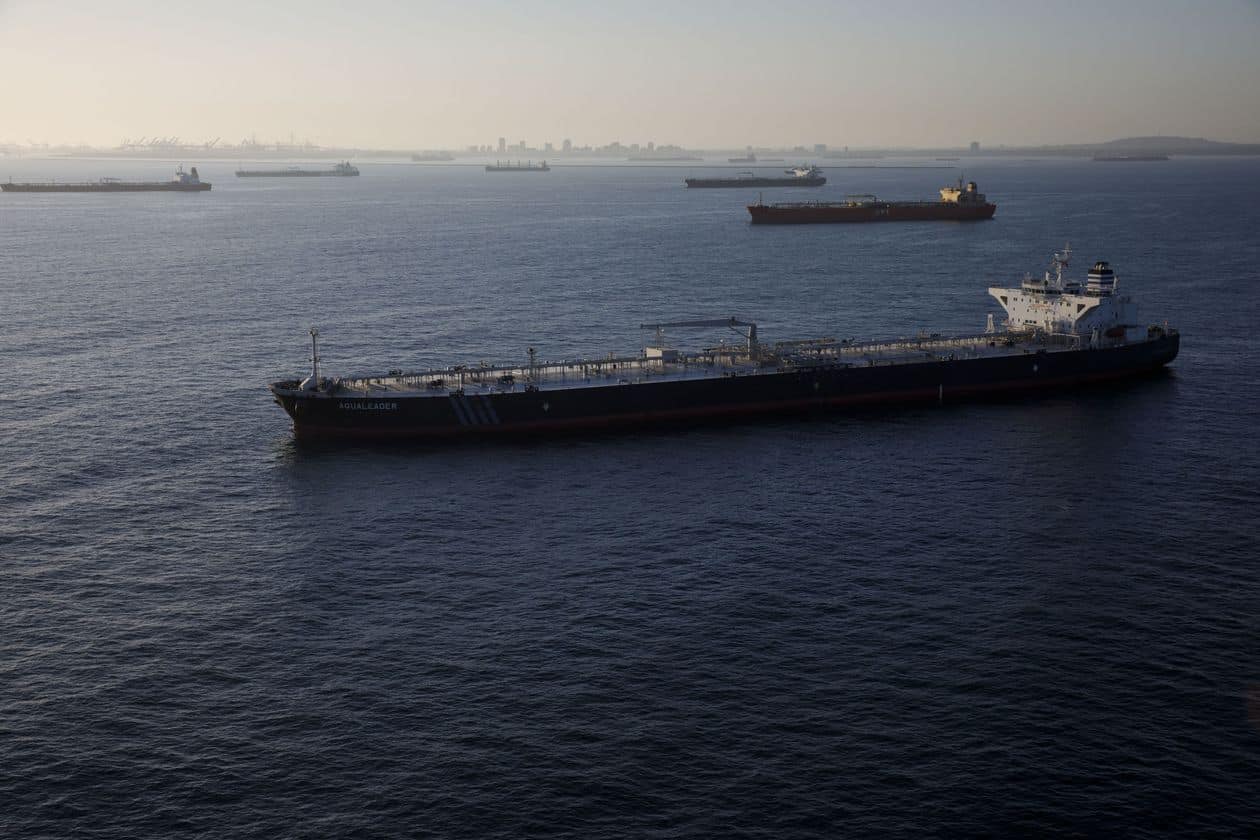Oil prices rose on Tuesday as OPEC and its allies are considering extending production cuts for at least another month before they start to taper off.
OPEC+, the larger group of countries in the alliance, has reduced production by more than 10 million barrels a day since the start of May. The overall group agreed to a 9.7-million barrel reduction in April and Saudi Arabia later cut by an additional 1 million barrels. Total global production today is between 80 million and 90 million barrels a day.
Brent crude futures, the global benchmark, rose 3.3% to $39.57 on Tuesday. West Texas Intermediate crude futures were up 3.9% at $36.81. Exxon Mobil (XOM) was up 2.2%, to $47.31.
OPEC’s coordinated reduction has been key to rebalancing the oil market. Supply is no longer outpacing demand at the scale it was a month ago, and some analysts are even forecasting a shortfall in the third quarter. The rebound from coronavirus lockdowns has been more swift than many had expected. People are using more gasoline and more commercial planes are taking to the skies, increasing the use of jet fuel.
U.S. producers have also cut back on production. Few of them can make money at current prices, buts as prices creep closer to $40, some may resume production. Parsley (PE), a Texas producer, said in a presentation that it expects to restore the “vast majority of curtailments in early June.”
OPEC+ countries will have to consider whether to keep their cuts in place if U.S. companies begin to restore production, because such a scenario would result in the U.S. taking market share. OPEC members are conflicted about that, but will likely find a compromise this week, according to analysts.
“While the Saudis reportedly support the former position and the Russians the latter, we do not believe there will be repeat of the March meltdown and we think they will seek to split the difference by agreeing to a 1- to 3-month extension,” RBC Capital Markets analyst Helima Croft wrote.
For Saudi Arabia, oil policy is also closely linked to political policy, and Croft thinks political considerations will compel the kingdom to keep production low so prices rebound.
“We also suspect that President Trump’s willingness to dispense with congressional concerns and push forward with the sale of nearly $478 million in precision guided missiles to Saudi Arabia (and to allow manufacture of high-tech bomb parts in the country) is not entirely disconnected from the Kingdom’s helpfulness on oil policy,” she wrote.
Oil prices are nearing more-normalized levels after trading in the $20 range for weeks. The rebound shows that investors are convinced the sky is no longer falling. But for prices to rise more, there will need to be better news on the demand side—which could depend on more positive news about Covid-19.
“In order for WTI to break out higher, the oil market will need to find balance, or the demand outlook needs to find some major breakthroughs in finding a treatment/vaccine for Covid-19 and for China and the U.S. to play nice,” analyst Edward Moya at currency broker Oanda wrote.

